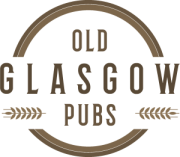203 Bath Street, Glasgow.
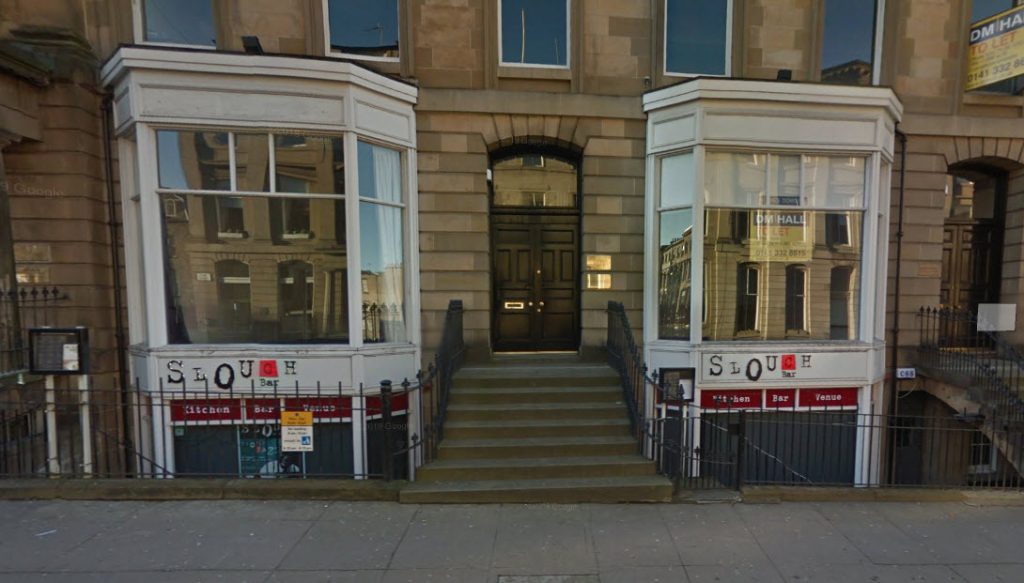
Slouch Bar, 203 Bath Street, 2012.
203 Bath Street, Glasgow.

Slouch Bar, 203 Bath Street, 2012.
48 Woodlands Road, Glasgow, G3 6UR.
Images coming soon
479 Gallowgate, Glasgow, G31 4DN. Demolished.
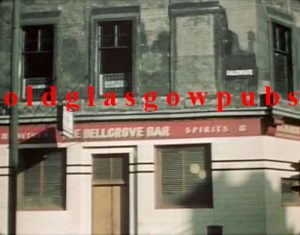
The Bellgrove Bar sat at the corner of Gallowgate and Bellgrove Street in the east end of the city.
There has been a public house on this site since 1846. The owner was then a Mr William McNee. In 1856 Alexander Bulloch a spirit merchant was trading from here. The following year John Dickie occupied the premises then followed by Alexander Hamilton a year later.
Alexander Crawford a wine and spirit merchant took over the premises from 1859 until 1860, however he passed away and his wife took over the running of the pub until 1866. Her son James then took control of the business in 1867. The family lived nearby at 475 Gallowgate. James passed away at an early age in 1870. His wife then got full control of the pub, however she could not hold the licence for long as she had a young family to bring up and the pub was closed for good in 1871.
The building was in need of full renovation as the building was quite old. A new tenement was erected on the same site with a public house on the ground floor and was finished around 1875. At that time well-known and respected wine and spirit merchant John Graham took over the brand new public house and called it John Graham and Sons.
Mr Graham was not new to the wine and spirit trade as he was well established, having a pub at 12 Stirling Street now Blackfriar Street off the High Street near Glasgow Cross. The Graham family lived at 202 Bath Street, city centre.
he following year John Graham & Sons had premises at 12 Stirling Street, 1 New Street, 31 Stevenson Street, 18 Canning Street (London Road), 419 Argyle Street and 69 Graeme Street now Bell Street. The firm were also had a wine merchant brokers office at 14 Renfield Street.
John Graham’s sons were Archibald Bulloch Graham and David Runciman Graham, both were left to run the business on their own when father David passed away around 1886. Archibald took over 29-31 Stevenson Street in August 1887, 225-227 Gallowgate in August 1881, 69 Graeme Street now Bell Street in August 1887, 1-3 New Street / 2 Well Street, Calton in August 1887. David took over 204-206 Saracen Street in June 1883, 12 Stirling Street now Blackfriar Street in August 1887, 479 Bellgrove Street in August 1887, 419 Argyle Street / 95 Carrick Street in August 1887.
David R Graham continued in the Gallowgate premises and the other pubs he owned in 1922.
A transfer was granted to Mr David R Graham’s manager of 13 years James Smith in 1922. Mr Smith was 40 years of age, married and had a family of 8 children, living at 564 Gallowgate. The following year James and his family moved house to better accommodation at Crofthill Avenue, Uddingston. The old sign above the pub John Graham & Sons was taken down and a new name was put in it’s place “The Bellgrove Bar.”
The Smith family continued serving the locals at the Bellgrove Bar well into the 1940s. James’s wife Jane took over the licence in 1937 for a few years before the pub was taken over by Robert Robertson McBride in 1972. By this time the pub was owned by Tennent Caledonian Breweries, many will remember William Freeburn Graham one of the last licensees until the pub was demolished just like many other Gallowgate pubs in 1973.
Facts…
Licence Holders
1846 William McNee.
1856 Alexander Bulloch.
1857 John Dickie.
1858 Alexander Hamilton.
1859 Alexander Crawford.
1862 Mrs Alexander Crawford.
1867 James Crawford.
1871 Mrs James Crawford.
1876 John Graham.
1887 David Runciman Graham.
1922 James Smith.
1937 Mrs Jane Smith.
1972 Robert Richardson McBride. for Tennents.
1973 William Freeburn Graham for Tennents.
Do you known anything about this old pub? If so please leave a comment below.
END.
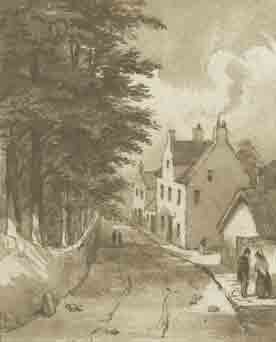
The Bun & Yuill House Tavern.
The large building with a smoking chimney in the centre of this drawing of 1827 was a tavern known as the “Bun and Yill House” or Bunhouse (yill is an old Scots word for ale). It stood on Old Dumbarton Road on the approach to the River Kelvin.
The Bunhouse was the favourite tavern of a group of Glasgow merchants, bankers and professors. They would walk out to Partick from the city each Saturday to dine on roasted duck, sage and onion and green peas, washed down with locally-brewed ale. Their favourite dish gave the name to the drinking and social club they formed in 1810, the Duck Club of Partick. Their president’s fondness for the fowl gave rise to the verse “The ducks of Partick quake with fear, Crying “Lord preserve us, here’s McTear”.
174 and 443 Gallowgate, Glasgow.
In 1888 it was reported that William Brechin & Son, Gallowgate had made the headlines, Brechin’s had blended 12.000 proof gallons of the best brands of Scotch Whiskies. Such vast amounts was not heard of in those days. Publicans, Wine and Spirit Merchants hearing of this news, know how serious and busy Brechin’s was and made them a household name.
When Brechins left the 174 Gallowgate premises it became known as Lynch’s, John Lynch’s father owned it for many years. John Lynch is better known in the east end of the city for owning the Old Barns on London Road.
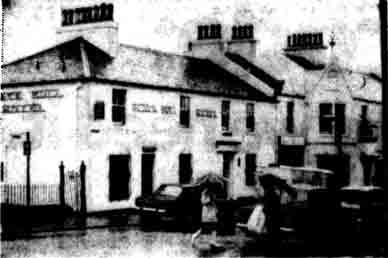
A coaching Inn since 1827, the Black Bull combines traditional atmosphere with modern comforts. 1971.
In the News in 1971…
£140,000 Face-lift But traditions stay.
So often is all the character knocked out of a fine building when the “modernisers” come along, that it’s a pleasure to come across a really well-done blending of old and new.
Such was the case when I went to see the new £140,000 extensions which have just been completed at the Black Bull Hotel, Milngavie.
The Black Bull is an old coaching Inn which dates back to at least 1827, and just over five years ago became part of the Scottish and Newcastle Group. It is now managed by Mr. John Allison, formerly assistant manager at the MacDonald Hotel, Eastwood, in the south side of Glasgow.
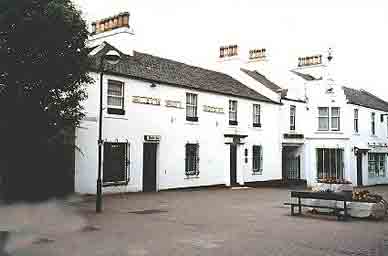
Bigger Staff.
The staff has been increased to a total of 65 to cope with the increased business which is already evident. The main extension includes 25 new bedrooms, which brings the number of guest rooms up to 30, and all bedrooms now have their own radio, telephone, television, private bath, and shower, and a tea-making machine.
The new rooms are on the upper floor of the extension, which also houses seven new shops in a very pleasant arched arcade. Besides the new bedrooms, there’s a new function room which holds 130 people for weddings or conferences, and here local tradition has been preserved. The hotel used to be the venue of the local courts in former times, and the function room has been finished to represent judges’ chambers, with fine oak woodwork and book-lined walls.
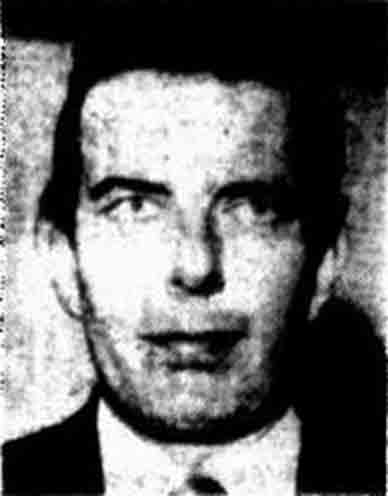
Manager John Allison. 1971.
The cocktail bar has been extended, and also the restaurant, which now seats 70. The lounge bar and public bar are still to have their face-lift. Still taking pride of place in the reception area is the ancient well, which is believed to have been in use since Roman times. “We keep it glassed over, though,” Mr. Allison told me. “It’s at least 20ft deep.”
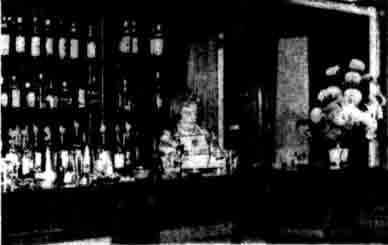
A corner of the cocktail bar, which has been extended as part of the hotel’s face-lift. 1971.
The Jacobean style of decoration is, for once, simple and without gimmicks, much to Mr. Allison’s satisfaction. The dark beamed ceilings contrast well with white walls, plain orange curtains, and grey-green tweed upholstery. Wrought-iron lamps from France are a feature of the restaurant, presided over by the popular head waiter. Mr. Alessandro Moro.
Increased Size.
Behind the scenes, chef Robin Coleman is in charge of a kitchen which has been doubled in size, and the good cooking for which the Black Bull has a reputation is represented in the wide range of dishes available, table d’hôte and a la carte at lunchtime and a la carte in the evening.
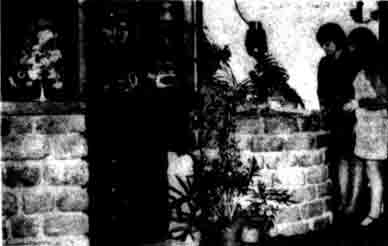
An ancient well, possibly dating from Roman times is a feature of the reception area. 1971.
“The hotel has always been a meeting place for local people and organisations,” said Mr. Allison, “and this is still the case. “Apart from dinner dances, which we are holding on Wednesdays and Fridays in the restaurant, there’s a folk group on alternate Sundays run by Lomond Folk, and the Mafia Club meets here regularly.
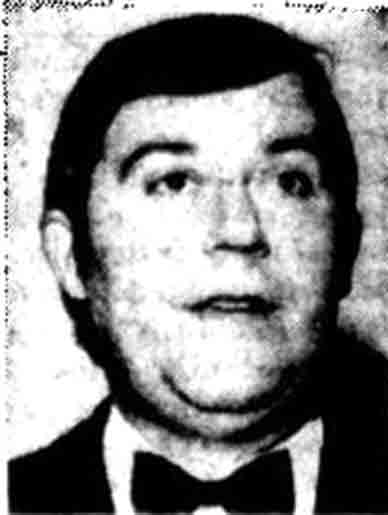
Head waiter Alessandro Moro. 1971.
“There’s nothing at all sinister about that, by the way. It stands for a group of Milngavie musicians who play accordians and fiddles!” The Allander Rotary Club, the local Ladies Circle, and Milngavie Toastmasters have regular meetings in the hotel too. Function menus run from £1.25 to £2, and bed and breakfast charges are £4.25 for single rooms and £6.50 for doubles, plus the service charge.
